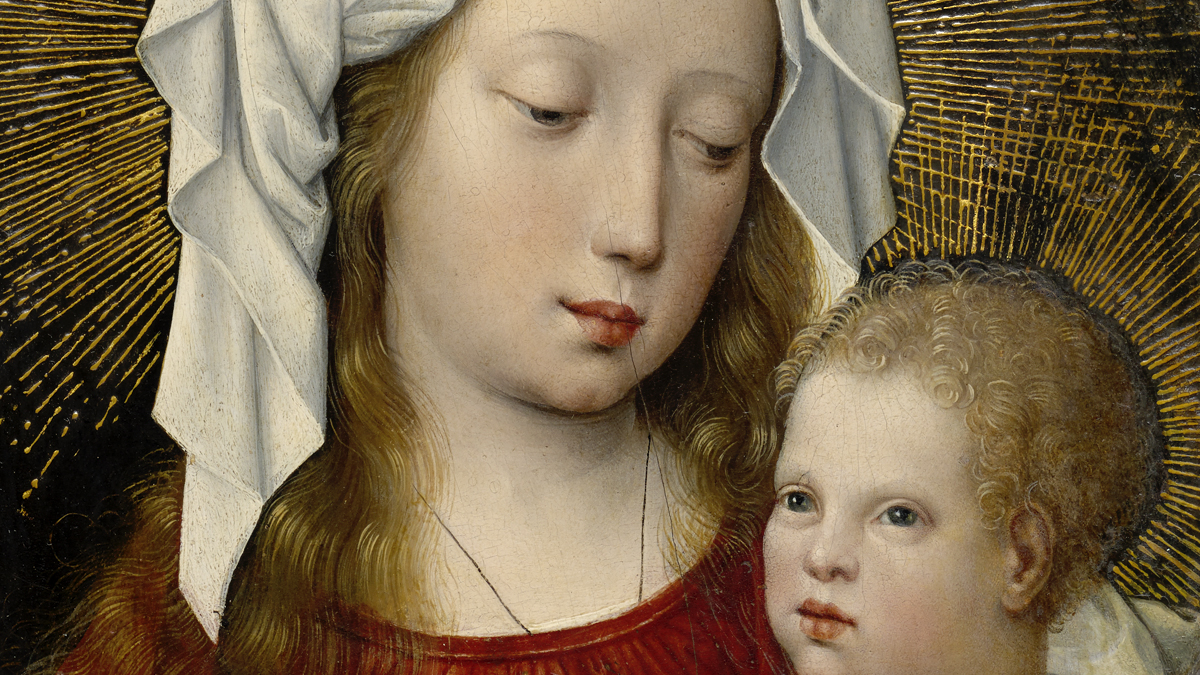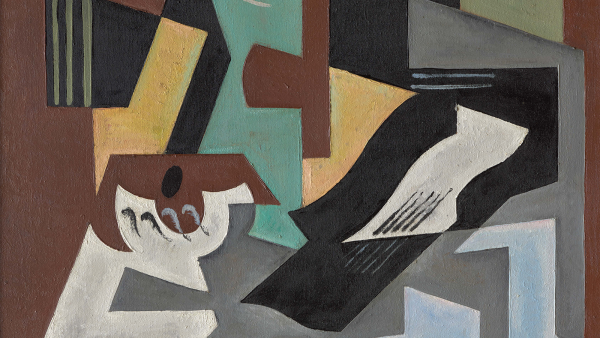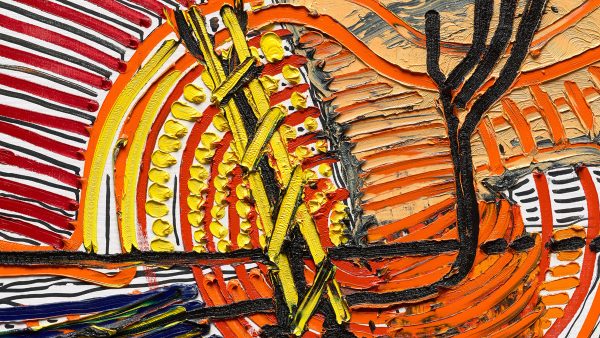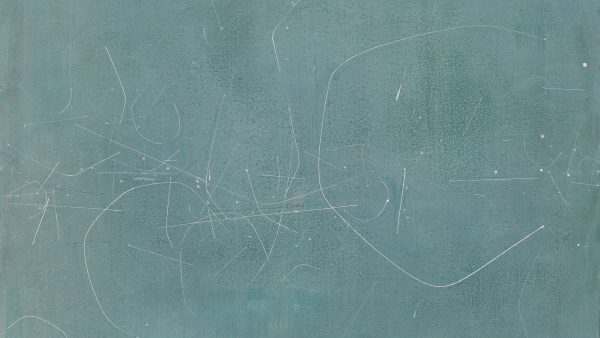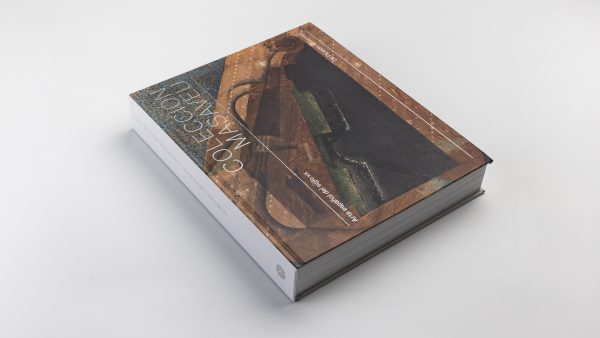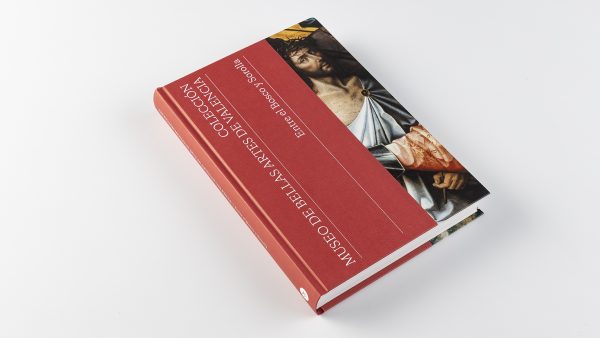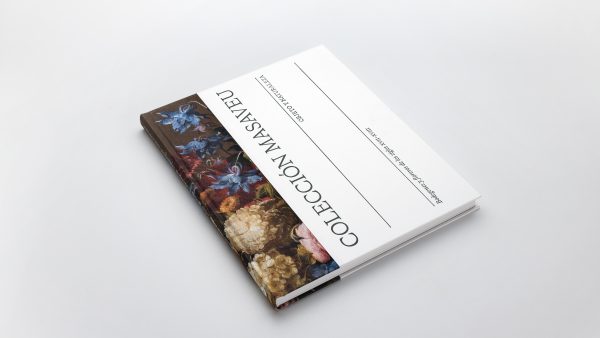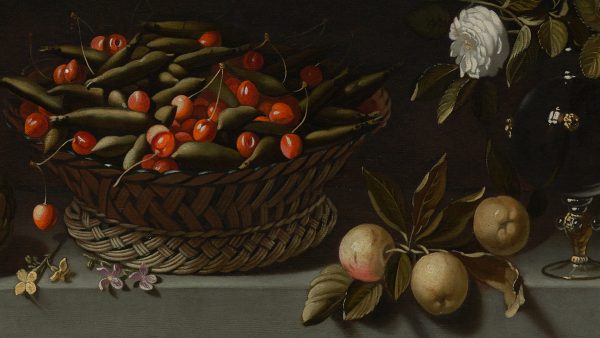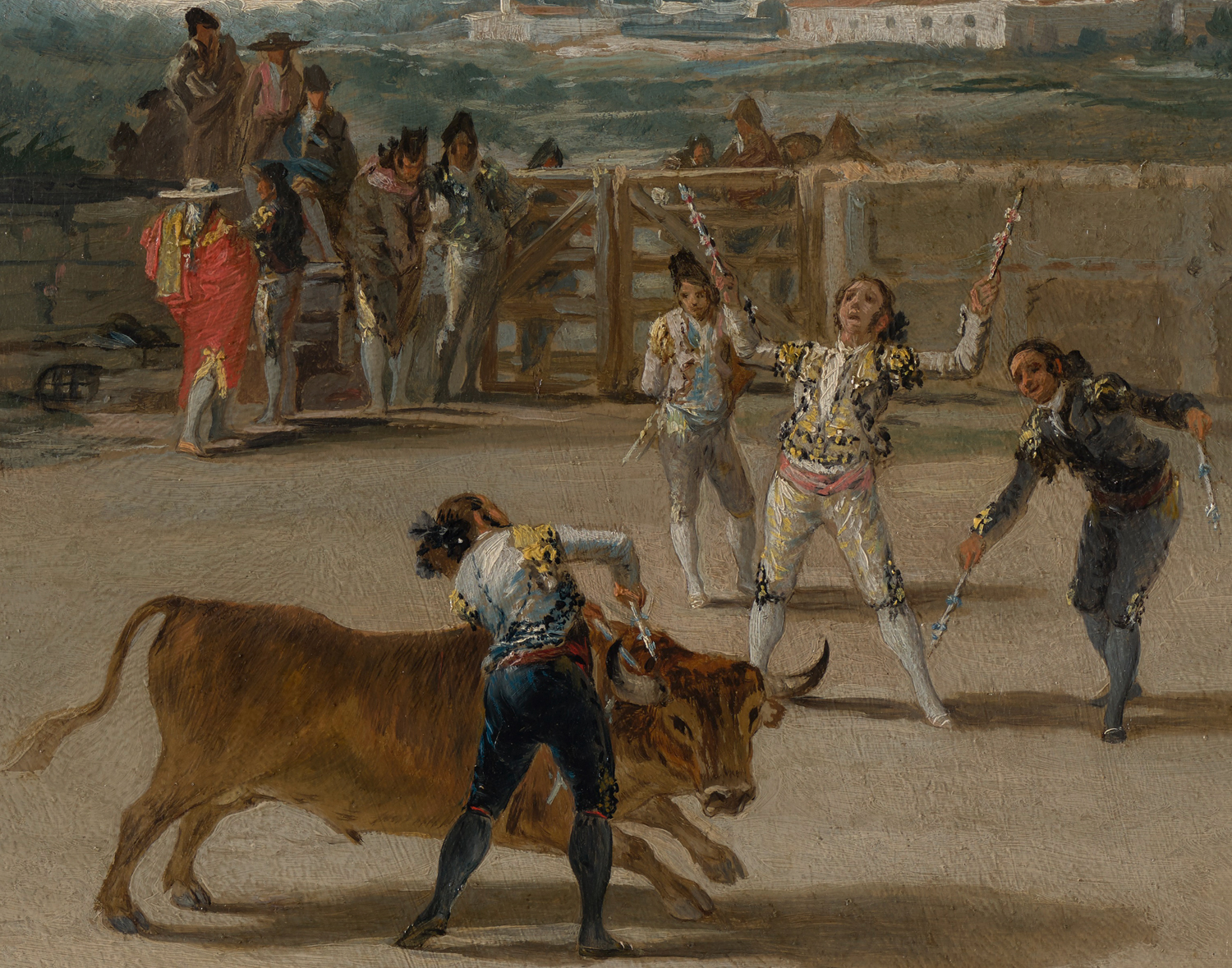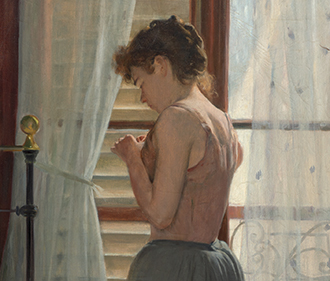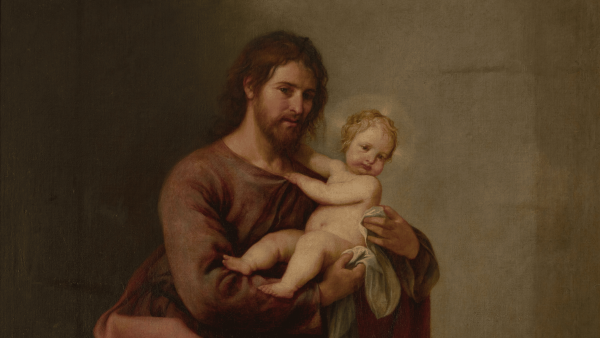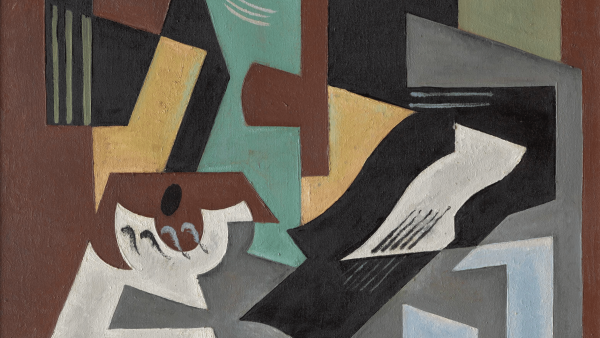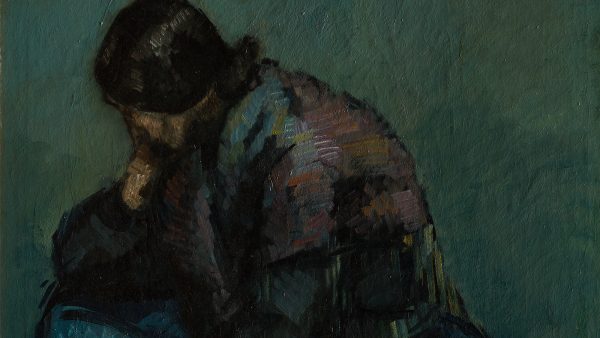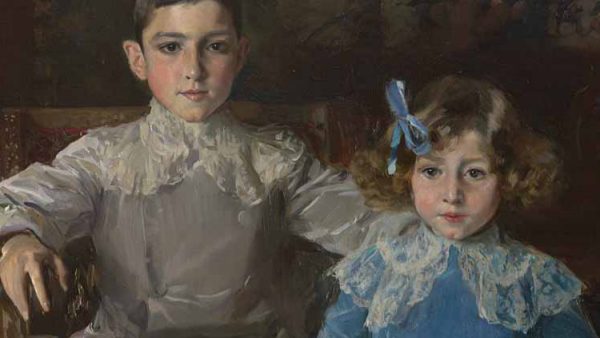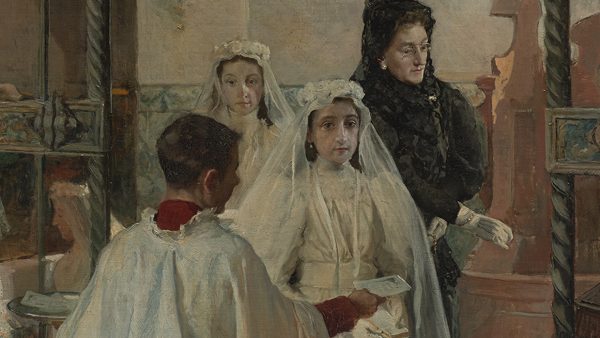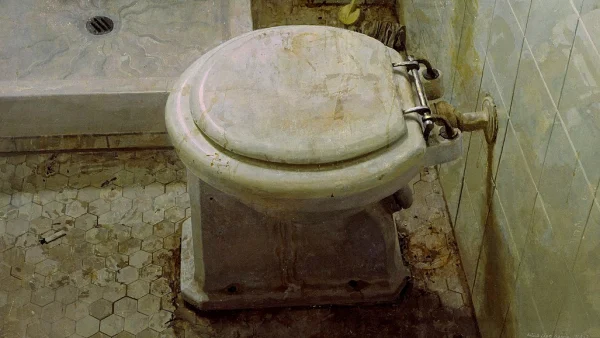THE MASAVEU COLLECTION
The Masaveu Collection, owned by the Corporación Masaveu and managed since 1913 by the Fundación María Cristina Masaveu Peterson, is one of the most important private art collections in Spain. It is prized not only for its vast number of artworks but also for its exceptional quality and variety, ranging from the Middle Ages to the present day. Begun as early as the 1930s and augmented by several generations of the Masaveu family, the collection represents a unique example of the private collecting pursued by Spain’s industrial and financial bourgeoisie and faithfully reflects its owners’ artistic knowledge and taste.
Medieval and Renaissance paintings and decorative arts, and paintings from the Spanish Golden Age, were the primary focus of the collection. However, the family’s interests gradually extended to the artistic manifestations of later periods and, in the latter decades of the twentieth century, to leading contemporary artists. Today, the Masaveu Collection includes works by outstanding artists such as Matthias Gerung, El Greco, Ribera, Zurbarán, Alonso Cano, Murillo, Meléndez, Goya, Vicente López, Sorolla, Casas, Rusiñol, Nonell, Picasso, Braque, Dalí, Miró, Warhol, Antonio López, Saura and Barceló.
As manager of the Masaveu Collection, the Fundación María Cristina Masaveu Peterson embarked in 2013 on a new phase in its activity aimed at promoting a greater knowledge and appreciation of its holdings through the organisation of numerous exhibition, publishing and research projects. At the same time, it has continued its collecting endeavours through the Fundación María Cristina Masaveu Peterson Collection, which is particularly focused on contemporary art and in many ways complements the Masaveu Collection. As a direct result of the Foundation’s research and educational initiatives, schools and artists from both the past and present are gaining new recognition and critical acclaim.
THE MASAVEU FAMILY AND ITS ASSOCIATION WITH ART
Originally from Catalonia, this family of entrepreneurs began with Pedro Masaveu Rovira (1827–1885), who arrived in Oviedo around 1840 to work in the textile trade. His successor, Elías Masaveu Rivell (1847–1924), was the first to manifest the family’s profound interest in art as the founder of the first gallery in Asturias: Salón Masaveu (Oviedo).
It was Pedro Masaveu Masaveu (1886–1968), son of Elías Masaveu, entrepreneur, banker and philanthropist, who started the Masaveu Collection in the 1930s. From the mid-1950s, the primary showcase for his acquisitions of paintings by the old masters and collector’s editions of rare books was the Palacio de Hevia (Siero, Asturias).
The family’s collecting endeavours intensified in the mid-twentieth century with Pedro Masaveu Masaveu’s son, Pedro Masaveu Peterson (1938–1993). As the major driving force behind the collection, he revived and multiplied the lines of acquisition with pieces both from the Middle Ages and the Early Modern Era as well as the nineteenth and twentieth centuries, recovering Spanish heritage works on the international market and creating his own collection.
After Pedro passed away without issue, his sister María Cristina Masaveu Peterson (1937–2006) took over the responsibility for preserving the family legacy. She delegated presidency of the group and management of the collection to her cousin Elías Masaveu Alonso del Campo (1930–2005), who immediately set about promoting widespread knowledge of the holdings through exhibitions and loans. The two of them also continued the acquisitions and patronage initiatives. It was María Cristina’s decision that upon her death the family collection would pass to the Corporación Masaveu. In keeping with the family’s philanthropic disposition, it was also her decision in 1994 to give four hundred and ten works from her brother’s personal collection to the Government of Asturias in lieu of tax. Today, the “Pedro Masaveu Collection” forms the core of the Museo de Bellas Artes de Asturias.
Since 2006 Fernando Masaveu Herrero (1966) has kept the family’s private collecting and patronage tradition alive through the Fundación María Cristina Masaveu Peterson, of which he is the president.

